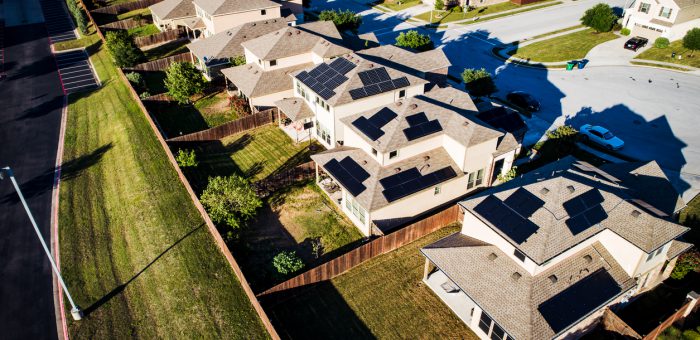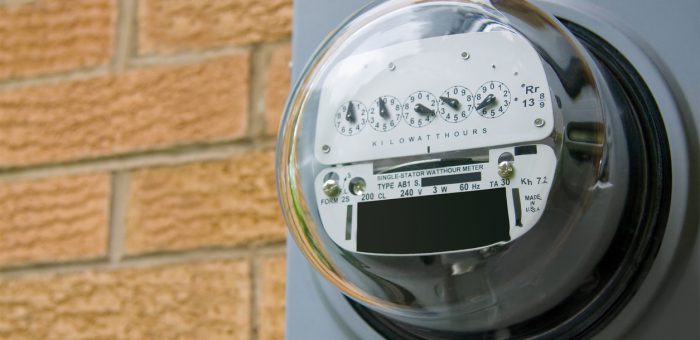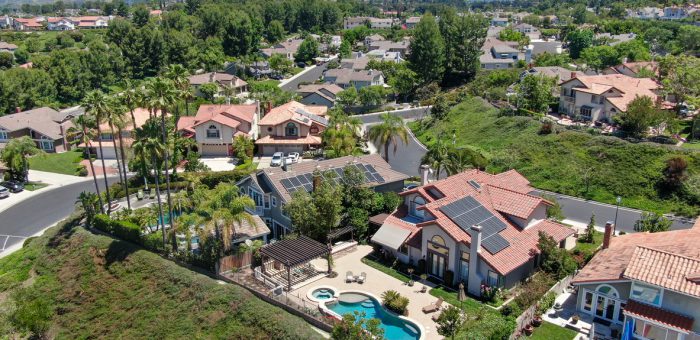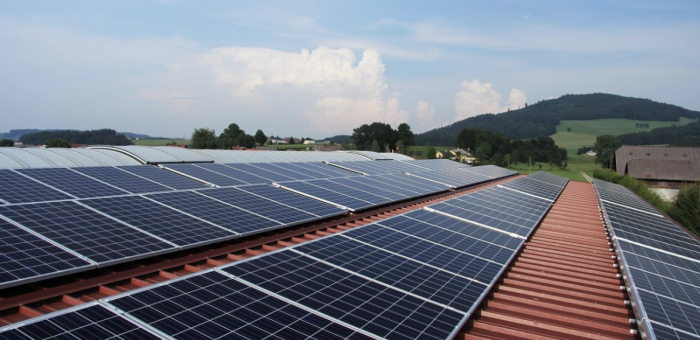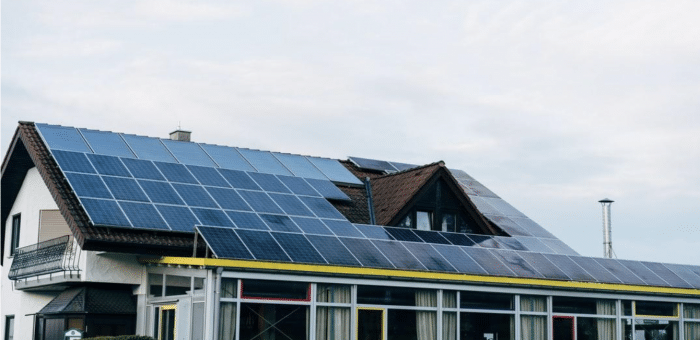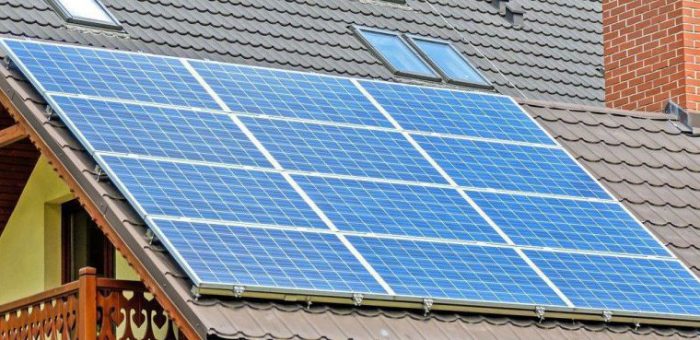Installing solar panels on your roof is one of the most effective ways to reduce your electricity bills. It makes sense: You’re generating most, if not all, of your own power. You can also sell the excess electricity you produce back to the grid, earning bill credits from your electric company. As an added benefit, using less traditionally generated electricity helps you reduce your home’s carbon footprint. Once installed, what do you do to maintain high solar panel efficiency?
Even with solar panels, you may still need to use some electricity from the grid to keep your home powered at night or when conditions aren’t ideal for generating sufficient energy. A plan with a high rate, one with hidden fees, or a provider that doesn’t buy back excess solar energy can keep you from getting the most out of your investment. In other words, the right electricity plan is still just as critical.
Rather than shopping for the best electricity plan on your own, why not enlist some help? Simplify the task with Power Wizard. Our online shopping tools find the top plans for your needs in seconds, saving you time and money.
The state of your solar panels can play a significant role in how much electricity you produce and how much money you save. Taking a few steps to increase the efficiency of your solar panels can go a long way toward ensuring you get the most out of your investment.
How can you increase your solar panel efficiency?
Residential solar panels, which contain special solar cells, convert sunlight into usable electricity. When sunlight shines on the panels, particles in the rays known as photons knock electrons free from the cells. Metal plates and wires capture those electrons, creating a flow of electricity. At first, it’s direct current (DC) electricity, but a solar inverter transforms it into usable alternating current (AC) energy.
So, how efficient are solar panels? Solar panel efficiency refers to a panel’s ability to convert sunlight into energy. Today, most solar panels are around 20% efficient, meaning they can transform approximately 20% of the sunlight that hits them into usable electricity. Some high-efficiency panels, which are more expensive, can be almost 23% efficient.
These solar efficiency ratings measure the maximum efficiency of a particular panel. Generally, the panels on your roof won’t be subject to the ideal conditions of lab testing.
Several factors can impact the actual efficiency of your solar panels, including:
- the solar panel temperature,
- shade,
- weather conditions such as cloud cover or rain,
- angle of your solar panels,
- direction your solar panels face, and
- dirt and debris.
Here are a few things you can do to boost your solar panel efficiency.
1. Keep your solar panels clean
Solar panels are durable and long-lasting. They also have no moving parts, meaning they require little maintenance. However, sitting exposed to the elements on your roof means that they can accumulate dirt, pollen, and other debris. Eventually, this buildup can affect the efficiency of your panels. A dip in efficiency means your panels aren’t producing as much electricity.
Keeping the surfaces of your solar panels clean is an excellent — and easy — way to keep them operating at their best. Generally, an annual cleaning is sufficient. That may be as simple as rinsing your panels with a garden hose. However, if dirt and grime won’t wash off with water alone, you may need to scrub them with a gentle brush. Consider hiring a professional to clean your panels if you don’t feel comfortable doing it yourself.
2. Allow roof space so the wind can cool your panels
Residential solar panels generally operate at a maximum efficiency between 60 and 95 degrees Fahrenheit. However, it gets hot in Texas, especially in the summer. When panels start exceeding 150 degrees, the solar cell efficiency begins to decline.
While the ambient temperature can play a role in how hot your panels get, so, too, can their proximity to your rooftop. You can’t control the weather in Texas, but you can make sure there’s space between your roof and your solar panels. Installing the panels a few inches above your roof’s surface allows air to flow freely underneath, keeping your panels cooler.
3. Ensure your rooftop solar panels are angled correctly
Solar panels should have as much sun exposure as possible throughout the day. Ideally, that means they should be facing due south.
The angle of your rooftop solar panels will also play a role in how much sunlight they receive. The exact angle your panels need for the most sun exposure depends on a few factors, including:
- your latitude,
- the design of your roof, and
- the season.
Generally, the optimal angle for solar panels is between 30 and 45 degrees. It may also fluctuate with the seasons. Your solar energy system installer should be able to determine the best angle for your panels. Adjusting the tilt throughout the year can also help ensure the panels always have the most sun exposure.
4. Install a solar backup battery
Most solar energy systems are grid-tied. Your panels produce most of the energy your home needs. When they can’t, you use electricity from the grid. Usually, that occurs in the evenings or on days when it’s cloudy or raining.
Solar panels typically produce the most electricity in the early afternoon to early evening. If no one is home during those hours, you’re essentially producing energy you aren’t using. Instead, you’ll likely be using more electricity from the grid during the later hours of the day when everyone’s home.
A backup battery offers a solution. Rather than selling your excess electricity, you can store it for later use. You won’t get the bill credits, but you’ll use less electricity from the grid in the evenings and on days when the weather isn’t ideal for energy production. Your battery can also power your home for a while if the electricity goes out.
5. Choose the right solar technology manufacturer
There are many solar panel manufacturers, but they aren’t all the same. Most manufacturers produce one of three major types of panels:
- Monocrystalline: Monocrystalline panels have a reputation for being the most efficient option. They contain silicon with a high purity rating and don’t require as much space as the other types. However, they tend to be the most expensive.
- Polycrystalline: Polycrystalline panels are more affordable. There’s also less waste created during the construction process, making them more environmentally friendly. The downside is that they’re less efficient.
- Thin film: Thin-film panels are lightweight, which makes them easier to move. While they’re affordable, they’re the least efficient option. They’re generally not ideal for rooftop solar systems as they require a lot of space to generate the amount of energy you need to power your home.
Along with the solar panel type, you’ll also want to consider the manufacturers and installers themselves. You want high-quality panels installed correctly on your home to ensure you get the most out of your investment.
Reach out to a solar expert for more tips
These are just a few of the ways you can improve the efficiency of your solar panels. Other factors that can help improve your energy efficiency include making sure there’s no shade covering your panels and limiting the number of devices you use during the day. For additional tips and tricks that can help you maximize the electricity production of your solar energy system, contact an experienced solar professional.
Invest in the most efficient solar energy system
A residential solar energy system might be an investment, but it’s also a great solution for reducing your reliance on traditional energy, lowering your electricity bills, and limiting your carbon footprint. To get the most out of your investment, look for a high-quality system from a trusted company and have it professionally installed. Taking steps to boost your system’s overall efficiency can also help ensure your panels get the most sun exposure so they can produce the most electricity possible.
You’ll also want to have the right electricity plan to accompany your new solar investment. Power Wizard can help. We’ll show you the top energy plans for you in no time flat. You can then sign up for the one you like best or let us take care of the process for you.
If you’re ready to find your ideal Texas energy plan, visit Power Wizard today!
